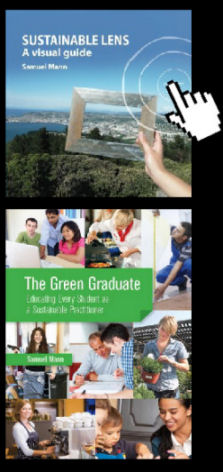We’re on the first of the three R’s today. Both the Reading one and the Reduce one. We’ve been doing some analysis on our paper use. Before you scroll down, take a shot at working out how much paper we use in this institution.
Three ways of thinking about it:
1. Total number of pages?
2. Number of pages per student?
3. Size of the stack of paper? (hint, it’s quite a tall stack)
Got those answers?

Last year a department at Otago Polytechnic printed a whopping 670 pages per student. Another department just topped this with 671 pages per student. These numbers are too high, and those departments are working to reduce their printing. But here’s the awful truth: those two departments print far less than anyone else!
In total we print more than 6,000,000 pages per year. Four and a half million of these are in the academic departments for an average of 1,387 pages per student (or 1890 if non-academic departments are included). This number is way too high in financial and environmental terms. Five departments top a mind boggling 1900 sheets per student, the most being 2048 pages per student (the numbers here are expressed as b/w page equivalents).
Our annual paper use would make a stack 662 metres tall. That’s more than twice the height of Auckland’s sky tower and only just shorter than our Mt Cargill.
Over the next few months we’ll be working hard to understand what’s behind this huge use of paper. We’re working towards a goal of “Zero printing to students in 2009”. We accept that some things do ask for paper – a complex diagram on a worksheet for example. But we are even more sure that other things can’t be justified: one page per slide handouts of powerpoints; class lots of whole chapter print outs etc. This year Vet Nursing has moved to distributing almost all material to students digitally with great success.
What tips do you have for saving on printing and paper? What technical things could we do to reduce this printing? How do we prepare our students for this initiative? What messages does this high volume send to our students?

leighblackall
August 25, 2008
4 R’s?
Replace if your sources are non sustainable
Reduce
Reuse
Recycle